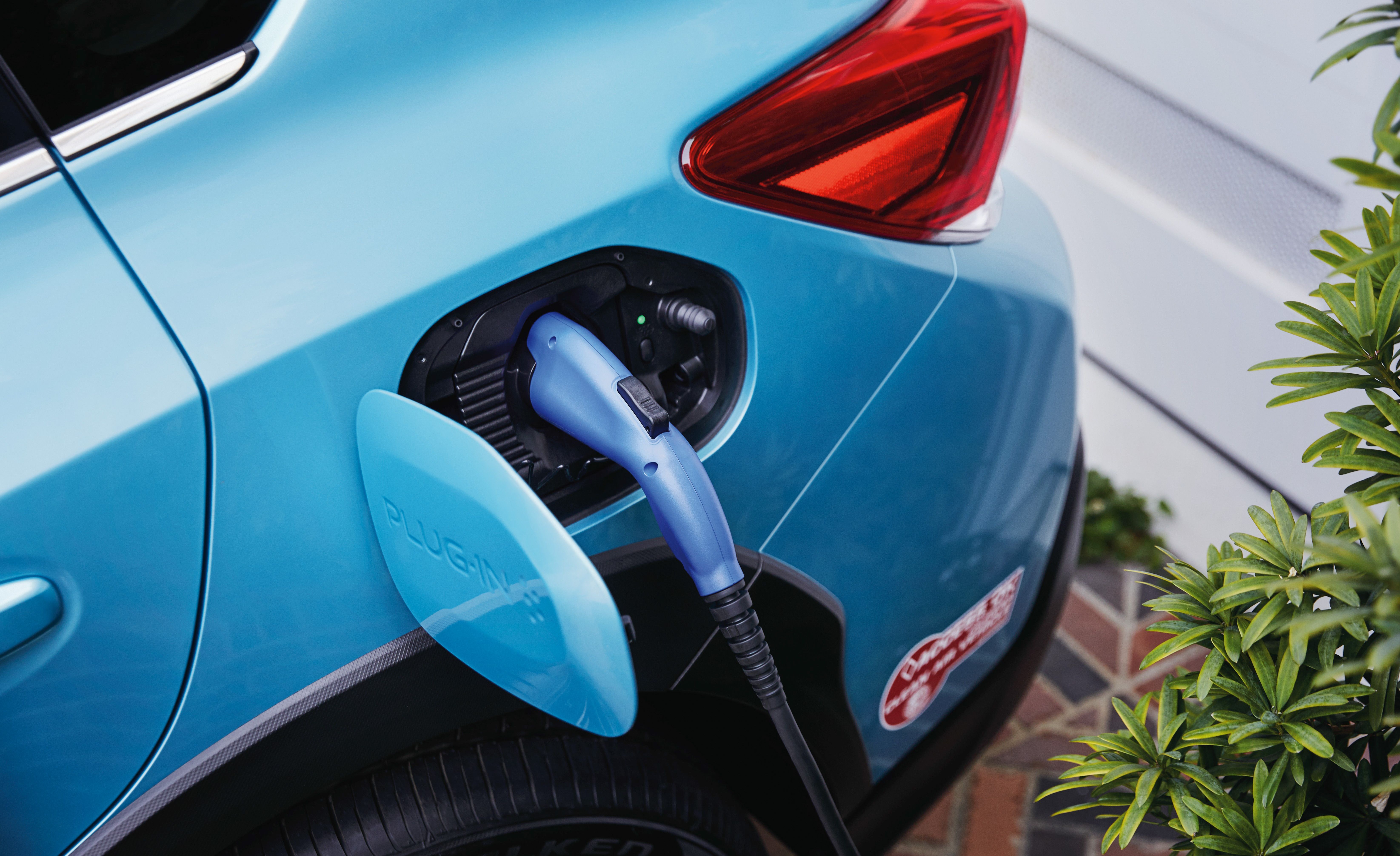

Plug in hybrid vehicles require mains electricity for charging. Only compare fuel consumption, CO2 and electric range figures with other cars tested to the same technical procedures. Figures shown are for comparability purposes.

*These figures may not reflect real life driving results, which will depend upon a number of factors including the starting charge of the battery, accessories fitted (post-registration), variations in weather, driving styles and vehicle load. The purely electric range of the BMW i3 currently extends up to 300 kilometers, an everyday range that will be increased up to 450 kilometers^ with the BMW iX3. For most everyday users, this is entirely sufficient when the range from the combustion engine is added. 40 and 90 kilometers*, depending on the model. Assuming the vehicle is sufficiently charged, the purely electric range of BMW plug-in hybrids lies between approx. When the battery is fully discharged, the BMW TwinPower Turbo engine automatically takes over.A plug-in hybrid vehicle has a lower electric range than an electric car but a greater overall range. In this way, for example, it is possible to use Battery Control Mode during a drive on the highway to protect or even increase the electric power reserves so that a subsequent urban route can be covered with electric driving and without any local emissions.Įven if you don’t have time to catch a charge, your PHEV will still get you where you need to go. This mode maintains the charge of the high-voltage battery constantly at the desired level or increases it to the preset value, by having the electric motor function as a generator. In addition, charging can also take place during the journey with the function known as Battery Control Mode. Regenerative braking allows the plug-in hybrid to regain part of its energy.

Without charging, all-electric driving will be limited, and power reserves for the eBoost function will be much lower. For optimized efficiency, BMW recommends regular charging overnight.īMW plug-in hybrids can also charge while driving. Mild hybrid technology optimizes efficiency and performance while increasing overall comfort for the driver.Ĭharging the battery of your plug-in hybrid vehicle is highly recommended to maximize efficiency and power.
PLUG IN HYBRID VEHICLES FULL
While MHEVs cannot be driven on full electric power, the electric motor assists the combustion engine in certain situations – as a starter for seamless Auto Start/Stops, while accelerating from a standstill, or when you need extra eBoost acceleration as you drive.
PLUG IN HYBRID VEHICLES DRIVER
The larger battery size enables plug-in hybrids to operate in all-electric mode without engaging the combustion engine within a certain range and speed. The batteries in plug-in hybrids can be charged using a standard 120V household outlet, or a more powerful 240V outlet found at a public charging station or in the available BMW i Wallbox. In addition, the driver also has the option of using the combustion engine in tandem with the electric motor or independently.Ī hybrid vehicle, by contrast, cannot be changed from an external power source – they rely on energy generated from gasoline or regenerative braking. This limited power supply is not designed to support all-electric driving, and the smaller battery delivers fewer of the efficiency benefits of a plug-in hybrid electric vehicle.Ī mild hybrid electric vehicle (MHEV) is powered by a combustion engine supported by a 48V electric motor integrated into the drivetrain. A plug-in hybrid electric vehicle carries a larger battery than hybrid vehicles that cannot be plugged in.


 0 kommentar(er)
0 kommentar(er)
